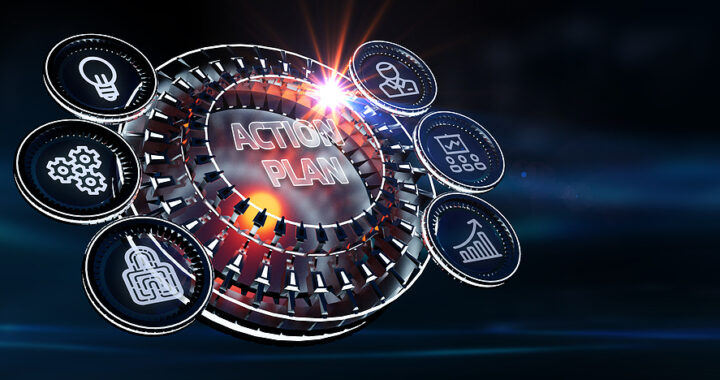In today’s turbo-charged business landscape, there’s a tantalizing allure to the flashy signs screaming – “Bigger! Better! Faster!”
Everywhere you look, growth gurus are promising you the golden ticket to join the coveted Million-Dollar Club.
Dreams of skyrocketing profits and unparalleled success can be oh-so-tempting.
And why shouldn’t they be?
Every entrepreneur dreams of that seven-figure success story.
But, let’s pause for a cinematic slow-mo moment. 🎥
In the mad race to the top, there’s a crucial pitstop that’s often overlooked: Cybersecurity.
Picture this – you’re on the verge of hitting that million-dollar mark, and then, out of the digital shadows, a single security breach throws you off course.
One unsuspected click, and the empire you built crumbles like a house of cards.
The reality?
No matter how much you fuel your business with the best growth strategies, scrimping on security is like skipping the seatbelt on a rocket ship.
It’s not just risky; it’s downright catastrophic.
Here’s the security-growth paradox:
𝐁𝐮𝐢𝐥𝐝𝐢𝐧𝐠 𝐓𝐫𝐮𝐬𝐭: In an era where data breaches make headlines, robust security can be your brand’s shining armor, earning customer trust and loyalty.
𝐏𝐫𝐞𝐬𝐞𝐫𝐯𝐢𝐧𝐠 𝐑𝐞𝐯𝐞𝐧𝐮𝐞: A single breach can not only result in direct financial losses but can tarnish a reputation you’ve spent years building.
𝐄𝐧𝐬𝐮𝐫𝐢𝐧𝐠 𝐒𝐮𝐬𝐭𝐚𝐢𝐧𝐚𝐛𝐢𝐥𝐢𝐭𝐲: True growth is sustainable. Security ensures your growth story isn’t just a flash-in-the-pan but an enduring legacy.
So, as you stride confidently towards that million-dollar dream, remember to weave cybersecurity into the very fabric of your growth plan.
Let it be the unsung hero, quietly guarding your fortress as you raise your flag of success.
After all, in the grand game of business growth, security isn’t an expense; it’s the most valuable investment in your future empire.
Here’s to growth, but with an armour of security! 🛡️🚀
Don’t leave your business vulnerable to cyber attacks – sign up for our 10 minute tech and cyber check https://action.scoreapp.com and get the knowledge you need to stay ahead of the curve.










